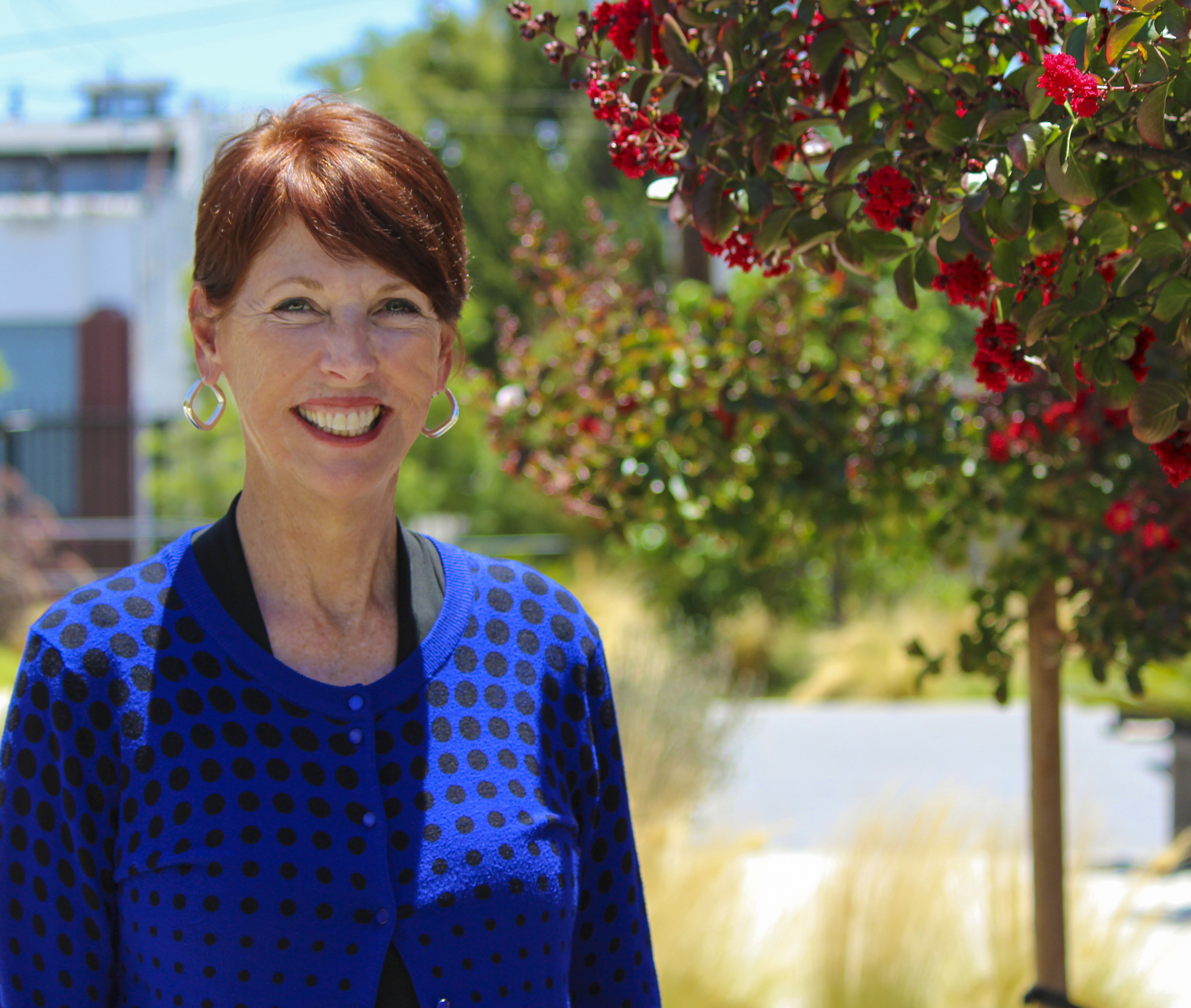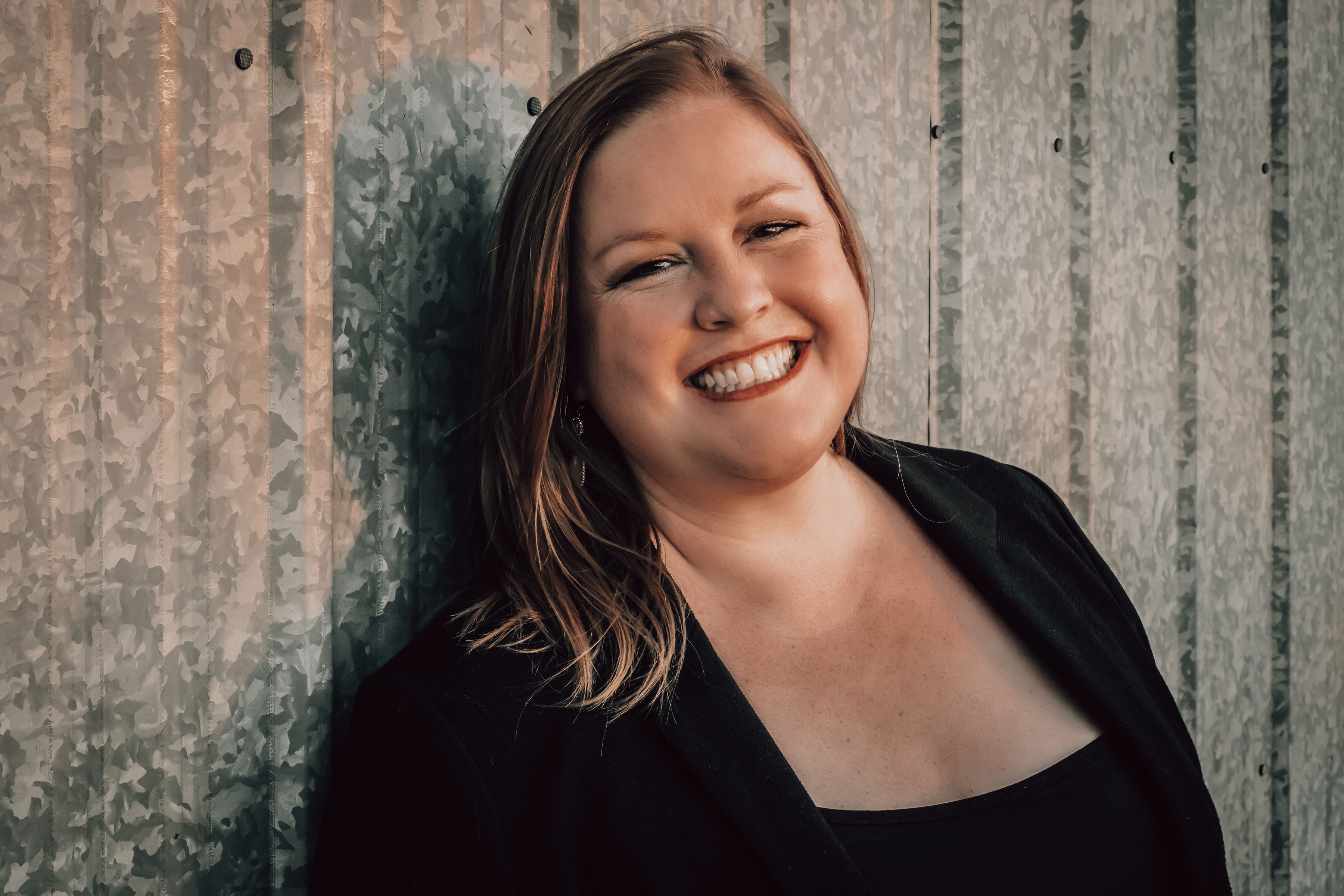Human-centered design is about really understanding what people are trying to accomplish, according to Lisa Perrine, Ed.D., CEO, Cibola Systems Corporation. And Perrine makes it her mission in business and life to understand what people are trying to accomplish. “I’m kind of a research geek,” she admits.
Perrine started her career in product design and then moved into production studio work, where she eventually worked on creating a studio that would be used by artists to create content for MTV. That studio, which was one of the first hybrid analog/digital studios, gave her the opportunity to work on other projects in other fields such as corporate theater, where people “used AV to present content that got others excited.” Perrine “really loved” the people part of it and moved away from production: “Creating content just isn’t the same as creating an experience that’s interactive and always different for people.

“My whole training and early years were built around talking to people and really understanding what it was they needed,” she added. One of the people she talked to was Paul Hatfield, founder of Cibola, who asked her to work for the company and start an in-house design group. After she joined the company, love blossomed and Perrine ended up marrying Hatfield. About six months later, Hatfield was diagnosed with cancer, and four years after that, Hatfield passed away from the disease. During one of the most challenging times of her personal and professional life, Perrine inherited Cibola. “It was a really terrible time, a terrible economy, and most of us in this industry almost went under,” recalled Perrine. “That’s how I came to own Cibola. I’ve been morphing the company and my wonderful team through all the changes in the industry ever since.”
Part of Cibola’s metamorphosis is a focus on the user experience. At Cibola, “we have always used a human-centered design approach, and it’s not really very popular in our industry,” said Perrine. “It’s not that people don’t think of the users—it’s just not first-and-foremost. In our industry, people tend to be very hardware-centric.”
Perrine has preached the message of design-thinking beyond the walls of Cibola—she wrote the curriculum for and taught a three-day workshop at the InfoComm show. She said proudly of the class, “It was a totally experiential class with people from all over the world—I think we had eight countries represented, including India, Australia, Finland, and France—and they came because they wanted to learn more from experience design as it related to AV.”
Through that course, she connected with AVIXA’s team—who had just started on a standard for user experience design for the AV industry—and has been working with them on that standard for the last eight months.
“For years, people have been nice but have said, ‘You guys [the Cibola team] are just really weird and I don’t think you add value.’—although our clients certainly saw that we add value,” concluded Perrine. “Now other people in the industry are starting to get it. It’s gratifying to me at this point in my career that it [experience design] has become something that people in our industry are starting to not only think about, but want to do.”
READ MORE: SCN Hall of Fame 2019
